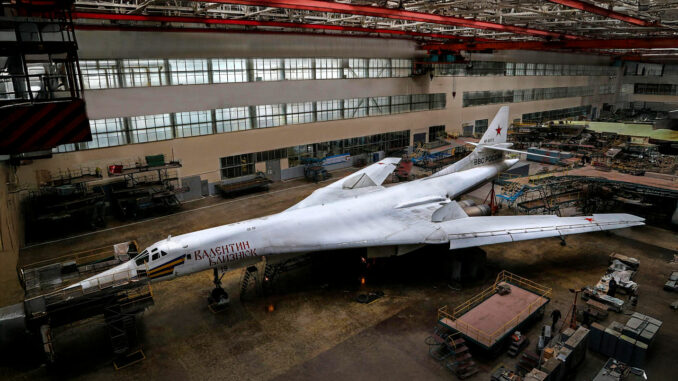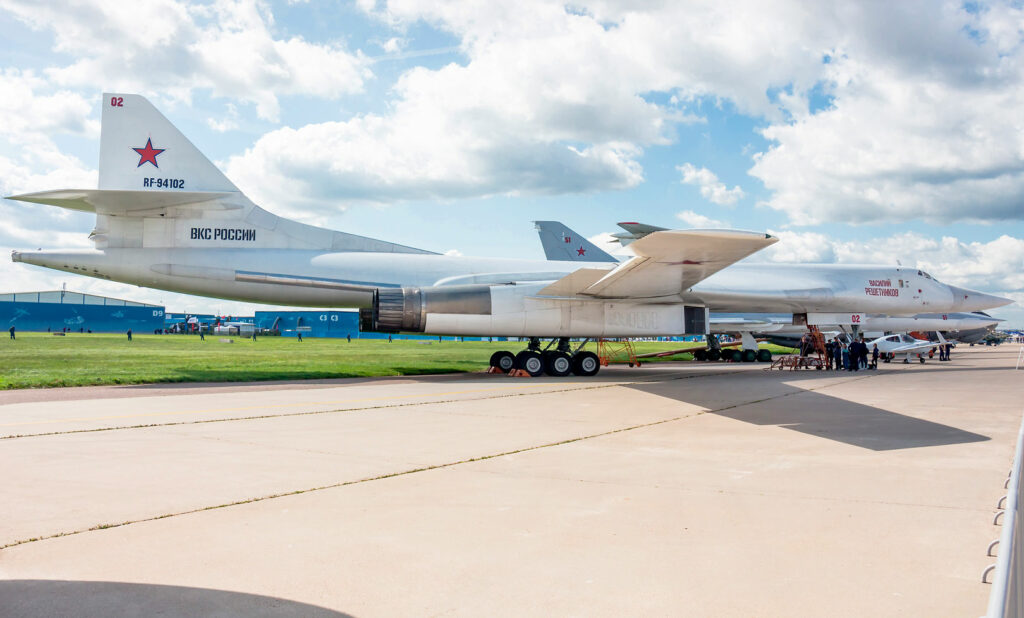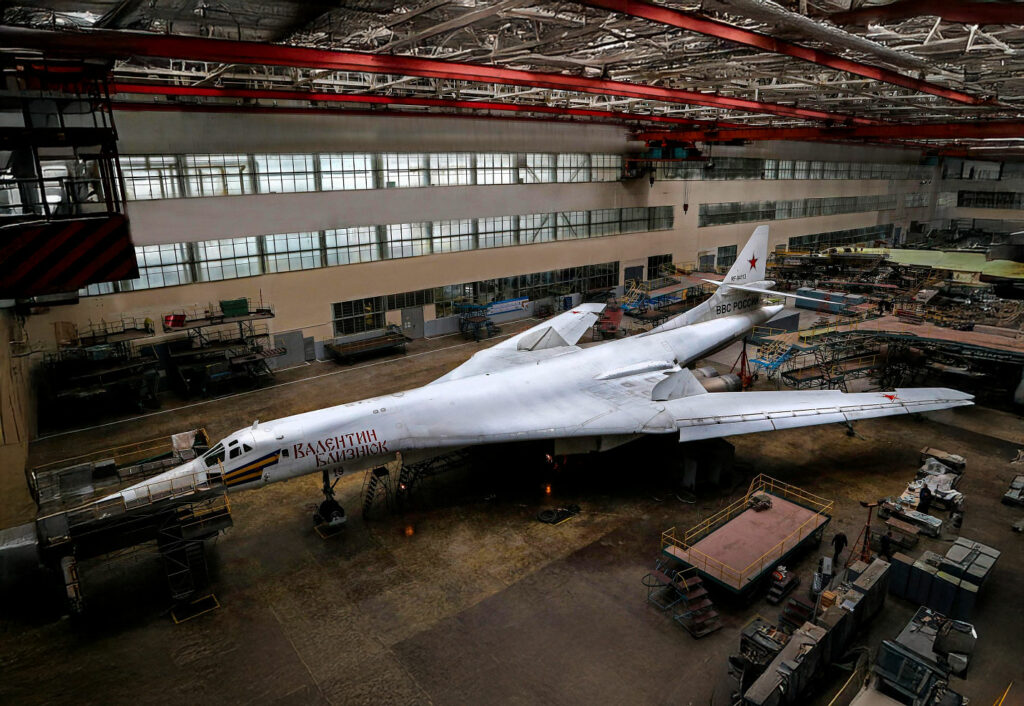
Drones struck the strategic military aircraft production site in Kazan, disrupting regional operations and revealing military and economic stakes.
On January 20, 2025, drone strikes targeted the Gorbunov aircraft factory in Kazan, a key site for the production of Russia’s Tu-160 and Tu-22M3 bombers. These aircraft play a strategic role in the Russian-Ukrainian conflict. The incident led to the suspension of operations at three regional airports and the evacuation of local residents. These attacks are part of a Ukrainian strategy to weaken Russia’s military infrastructure. The Russian Ministry of Defense reports having intercepted 31 drones throughout its territory that day.
A strategic site under attack: the Gorbunov aeronautical plant
The Gorbunov aerospace plant in Kazan is a pillar of the Russian military industry. The plant produces the Tu-160 and Tu-22M3 strategic bombers, capable of carrying both conventional and nuclear weapons. These aircraft are regularly used by Russia in the conflict in Ukraine, reinforcing the geopolitical importance of this site.
The attack targeted an empty tank, causing limited damage, according to local reports. However, the symbolic and logistical impact is significant. These bombers, requiring complex and costly production processes, are critical to Russian power projection. For example, a Tu-160 costs around €190 million to produce.

Consequences for civilian infrastructure
The strike closed the Kazan, Nizhnekamsk and Izhevsk airports, affecting thousands of travelers and disrupting regional transport. The authorities evacuated several residential areas following the discovery of ammunition fragments, testifying to the scale of the operation.
These disruptions illustrate a Ukrainian strategy aimed at extending the theater of conflict to strategic Russian regions. This approach seeks to slow down Russian logistical capabilities, while causing indirect economic costs linked to the disruption of civilian infrastructure.
Intensification of Ukrainian drone strikes
Since the end of 2023, Ukraine has increased its drone strikes on targets in Russian territory. These actions are intended to disrupt opposing military operations. In 2023, Ukraine is said to have manufactured over 6,000 drones, some capable of flying up to 800 kilometers with a payload.
The economic impact for Russia is significant: each drone interception costs an average of €20,000 to €50,000, depending on the systems deployed (missiles, electronic jamming, etc.). Repeated strikes force Russia to divert significant resources to domestic defense.
Official reactions and geopolitical implications
Russian authorities claimed to have intercepted 31 drones on January 20, including six in the Kaluga region, where another strike triggered a minor fire. These statements are intended to reassure the public, but they mask the operational challenges posed by these attacks.
On the Ukrainian side, no official statement has been made. This is part of a communication strategy aimed at minimizing diplomatic tensions, while maintaining military pressure.

Economic sanctions and industrial isolation
Since December 2023, the European Union has extended its sanctions to include the Kazan plant. These measures, combined with restrictions on technological exports, complicate the supply of critical aircraft parts. Imports of military electronic components into Russia are reported to have fallen by 40% by 2024, curbing aircraft production and repairs.
Attacks on Russia’s strategic infrastructures are further eroding the country’s industrial capabilities. In the medium term, this could :
- Slow down military production: bombers require precise processes and materials that are difficult to obtain under embargo.
- Affect morale: Attacks on Russian territory could change public opinion.
- Increase military costs: Redirecting resources to domestic defense means less investment in other sectors.
War Wings Daily is an independant magazine.